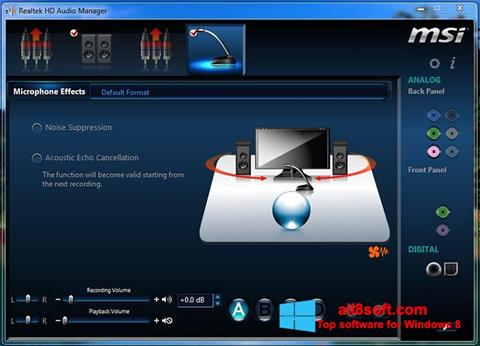
11 Iodine is transported across the placenta to the growing baby. 7, 10 One postulated mechanism is increased renal iodide loss although its significance has been subject to debate. Maternal iodine requirements increase in pregnancy for a number of reasons. This elevation causes an increase of total triiodothyronine (TT3) and thyroxine (TT4) by an average of 1.5 times by the 16th gestational week.

9 This is a result of both increased production stimulated by oestrogens and the reduced clearance of the more heavily sialylated forms that are more common in pregnancy. Thyroxine binding globulin (TBG) increases by 2–3 times compared with the pre-pregnancy level by the 20th week of gestation.

With the decline in hCG as pregnancy progresses there is a trend towards an increase in TSH. 6, 7 This in turn leads to a concomitant lowering of TSH concentrations. The thyrotrophic effect of hCG causes increased thyroid hormone production resulting in a transient increase in free thyroxine (FT4) towards the end of the first trimester. During pregnancy hCG peaks towards the end of the first trimester followed by a decrease to a plateau in second and third trimesters. Most important is that human chorionic gonadotropin (hCG) is structurally similar to TSH, and has a direct stimulating effect on the thyroid gland mediated through the TSH receptor. There are several physiological changes during pregnancy that affect maternal thyroid function and thyroid hormone levels. Physiological Changes in Pregnancy and Effects on Thyroid Function There are suggestions that ethnicity may also have a significant effect on TSH and FT4 reference limits in pregnancy. There have now been numerous papers showing that a more realistic figure is between 3.0 and 4.0 mIU/L depending on the analytical method that is used. The 97.5 th percentile of TSH at the end of the first trimester is commonly used as the upper boundary of normal in early pregnancy with a default value of 2.5 mIU/L specified in a number of recent clinical guidelines. The diagnosis of subclinical hypothyroidism rests on the recognition of an increased serum concentration of TSH which may be affected by many factors including gestational age, analytical method, the antibody status of the mother, ethnicity, iodine nutrition and even the time of day when the blood is collected.

While there is agreement that overt maternal hypothyroidism (serum thyroid stimulating hormone (TSH) >10 mIU/L) should be treated immediately, the evidence is mixed regarding the harm associated with subclinical hypothyroidism and the benefits of thyroxine replacement.


 0 kommentar(er)
0 kommentar(er)
